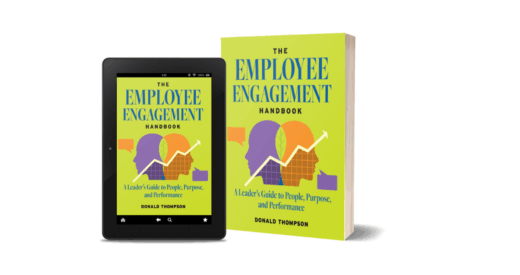Today, most professionals and hiring managers recognize that there are biases involved in recruitment processes, but few people realize just how specific and targeted those biases can be. We have talked a little about this topic before, citing instances in which Black professionals’ hair has become a point of consideration for company leaders. Unfortunately, this is just one example of the impact of unconscious recruitment bias. However, rather than counting up additional examples of how bias can affect the recruiting processes, we want to focus on four actionable steps businesses can take to reduce these problems.
(1) Spread Awareness
Possibly the simplest way to reduce recruitment bias in your own company is to spread awareness about the problem. Anyone in a position to impact recruiting, hiring, or interviewing efforts should be informed not only about the relevant statistics but also about the different ways in which recruitment bias manifests, even in people who have good intentions and want to embrace diversity and inclusion. Consider offering voluntary, organization-wide unconscious bias training or sharing relevant articles and videos that teach employees how to mitigate their own unintentional biases. These efforts work to make your hiring team more conscious of potential problems and more willing to enact specific solutions as well.
(2) Hire for Human Resources
Particularly for small business and startups, hiring a Human Resources (HR) manager might feel somewhat involved, but it’s actually becoming a more common role in many small and mid-sized businesses. Online courses in administration have helped to drastically expand the population of applicants trained for HR functions. According to an overview of the online business administration degree at Maryville University, there are more than 130,000 HR managers working today, with the role projected to grow 9% through 2026. This gives you some idea of just how many companies are finding it worthwhile to focus on HR.
As to how hiring for HR can help, it essentially gives you the opportunity to run recruitment through a single department, where a qualified professional can implement fair and objective hiring practices. An HR manager, with knowledge of recruitment bias and direction to avoid it can help to ensure that your business does its part to address the problem head-on.
(3) Conduct Blind Resume Reviews
A blind resume review is one in which identifying details are removed from resumes and hiring documents so that there is much less chance of unconscious bias creeping into the process. Blind resume reviews are intended to offer an objective initial candidate analysis based solely on experience and qualifications, as opposed to any individual characteristics.
It’s important to note that, in order to be successful, these reviews must also be thorough, as a Fast Company article on blind hiring explains. The article tells the oft-cited story of Boston Orchestra auditions in the 1950s. To mitigate bias, the Orchestra insisted that auditions would take place behind a heavy curtain and focus only on performance, not performers. However, the sound of women’s high-heeled shoes gave away their gender, and they were subsequently rejected for positions. When musicians were later asked to audition barefoot, nearly 50% of women progressed: an example which demonstrates the power of bias when we witness any indicator of personal identity. To fight those biases, we must remove from resumes any and all identifying information, like names, addresses, personal interests, home zip codes, and more.
(4) Work Actively on Diversity
Taking individual steps to address recruitment bias is a wonderful start — you can hire an HR manager, share information about unconscious biases, and mandate blind resume reviews all in a week — but to truly prepare your company for success, it’s important to take a more proactive, strategic approach to diversity, equity, and inclusion (DEI).
How you do so will depend on the state of diversity and inclusion at your organization right now, and the path forward will vary depending on your goals, strengths, and needs. One solid start is to offer voluntary training for every employee in every department. Raising awareness of diversity and inclusion — like raising awareness of unconscious bias — is the first step in building a more inclusive workplace.
Then, move beyond basic awareness to actionable skills development as you begin to put the pieces in place for a true and sustainable DEI program. The good news is, reducing recruitment bias feeds the cycle of DEI at work, helping you create a more diverse population and cultivate greater inclusion overall.






